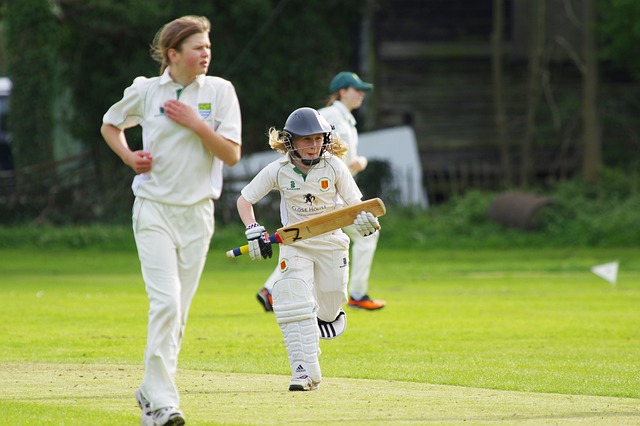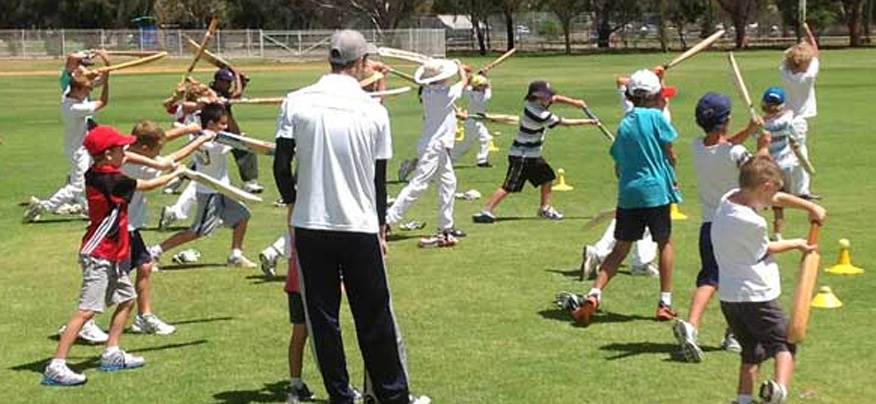
Cricket, a game of finesse and strategy, demands mastery in every aspect of the sport. In this insightful article, we delve into the secrets that unlock the potential of aspiring cricketers, from perfecting their batting technique to excelling in stump techniques.
With expert analysis and a wealth of knowledge, we present ten essential secrets that will empower players to elevate their game and achieve success on the field.
Prepare to unlock your cricketing prowess and embark on a journey towards greatness.
Mastering the Art of Batting
The mastery of batting in cricket requires an unwavering focus on technique, precision, and adaptability. To become a successful batsman, one must develop effective batting strategies and improve their hand-eye coordination.
Batting strategies involve understanding the game situation, reading the bowler's intentions, and adjusting one's approach accordingly. This requires a deep understanding of the game and the ability to adapt to different playing conditions.
Furthermore, improving hand-eye coordination is essential for a batsman to accurately judge the speed, line, and length of the ball. This can be achieved through regular practice drills such as shadow batting, where players simulate shots without a ball, or using reaction balls to enhance reflexes.
Unleashing the Bowling Skills
To master the art of cricket, it is crucial to develop and refine one's bowling skills with precision and dedication. Bowling is a complex skill that requires a combination of technique, accuracy, and strategy.
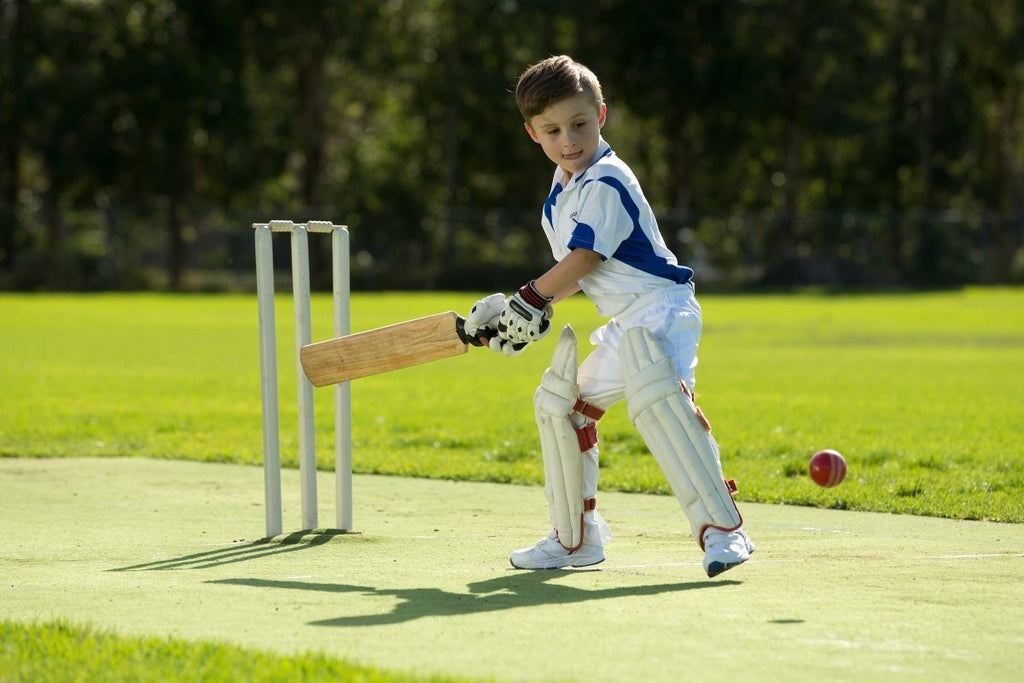
Here are four key tips to help improve your bowling skills and accuracy:
- Master the Basics: Focus on developing a strong foundation by perfecting your grip, run-up, and release. These fundamental aspects lay the groundwork for a successful delivery.
- Work on Variations: Experiment with different bowling techniques such as swing, seam, spin, and pace variations. This will not only make you a more versatile bowler but also keep the batsmen guessing.
- Analyze and Adapt: Study the batsman's weaknesses and adapt your bowling strategy accordingly. This could involve changing your line, length, or pace to keep the batsman under pressure.
- Practice with Purpose: Regular practice is essential, but it's equally important to practice with a purpose. Set specific goals, simulate match situations, and seek feedback to continuously improve your accuracy and overall bowling performance.
Perfecting the Run Game
Perfecting the run game in cricket requires a combination of speed, agility, and strategic decision-making. Players must be able to quickly change direction and accelerate to maximize scoring opportunities.
Effective base running is essential, as it enables players to take advantage of gaps in the field and make quick runs between the wickets.
Additionally, reading the field and anticipating the movements of the opposition is crucial for successful run game execution.
Speed and Agility
Developing speed and agility is crucial for mastering the run game in cricket. To excel in this aspect of the sport, players need to focus on specific training techniques and understand the importance of speed on the cricket field. Here are four key points to consider:
- Agility training for cricket players: Agility drills such as ladder exercises, cone drills, and shuttle runs help improve footwork, reaction time, and change of direction, allowing players to swiftly navigate the field and make quick runs.
- Importance of speed in cricket gameplay: Speed is essential for both batsmen and fielders. Batsmen need to sprint between the wickets to maximize their scoring opportunities, while fielders need to cover ground quickly to prevent runs and take catches.
- Reflex development: Speed training helps enhance reflexes, enabling players to react faster to incoming balls, make swift decisions, and adapt to changing game situations.
- Injury prevention: Speed and agility training also contribute to injury prevention by strengthening muscles, improving balance, and enhancing overall body control.
Effective Base Running
Building upon the importance of speed and agility in cricket gameplay, the next aspect to master is effective base running, which plays a crucial role in maximizing scoring opportunities and contributing to the team's success.
Base running involves two main strategies: base stealing and strategic base running. Base stealing requires a combination of speed, timing, and anticipation, as players attempt to advance to the next base while the ball is in play. This can put pressure on the opposing team's defense and create scoring opportunities.
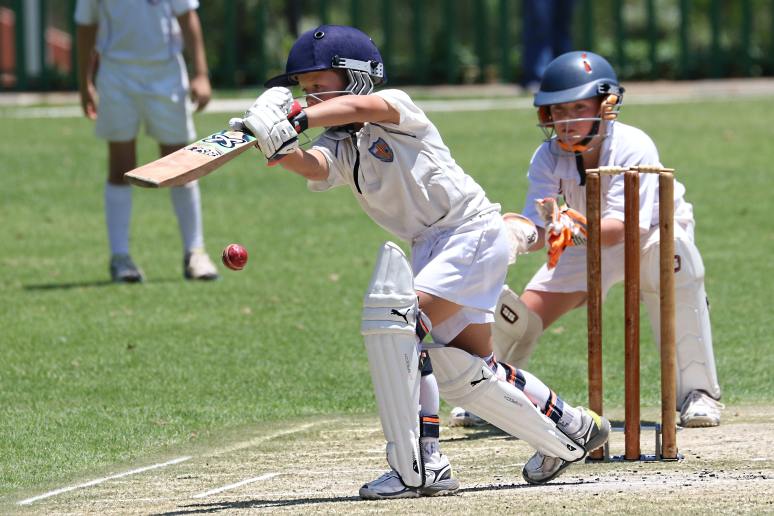
On the other hand, strategic base running involves making smart decisions when running between bases, such as taking an extra base on a hit or avoiding getting tagged out. It requires a deep understanding of the game situation, the players' abilities, and the opposing team's strengths and weaknesses.
Reading the Field
To optimize the run game in cricket, it is essential to develop a keen ability to read the field. This skill allows players to anticipate fielding techniques and analyze the opponent's strategy, enabling them to make informed decisions on when and where to take runs.
Here are four key aspects to consider when reading the field:
- Fielder Placements: Observing the positions of fielders can indicate potential gaps and scoring opportunities. Identifying areas where the fielders are sparse can help batsmen exploit these spaces and accumulate runs.
- Fielding Techniques: Paying attention to the fielders' techniques can give insights into their strengths and weaknesses. Recognizing fielders who have a weaker arm or slower movement can assist in identifying opportunities for quick runs or stealing an extra run.
- Fielding Patterns: Analyzing the opponent's fielding patterns can provide valuable information about their strategy. Identifying their preferred areas of defense or tendency to cluster fielders in certain positions can help batsmen make strategic decisions to maximize their scoring potential.
- Outfield Conditions: Assessing the condition of the outfield, such as its speed or unevenness, can influence the decision to take quick singles or attempt boundary shots. A fast outfield may encourage batsmen to go for more aggressive shots, while a slow outfield may require a more cautious approach.
Mastering the Art of Over
One key aspect of cricket mastery is understanding the nuances and strategic considerations involved in executing a well-planned over. A successful over requires a combination of strategic pitch selection and perfecting the art of timing.
Strategic pitch selection involves analyzing the conditions of the pitch, such as its pace, bounce, and spin, and adjusting the line and length of the delivery accordingly. This allows the bowler to exploit any weaknesses in the batsman's technique or capitalize on the pitch's characteristics.
Perfecting the art of timing is essential for bowlers to deliver the ball with precision and accuracy. It involves mastering the coordination between the run-up, the release of the ball, and the follow-through.
Unlocking the Secrets of Boundaries
In order to excel in cricket, it is imperative to uncover the strategies behind effectively scoring boundaries. Hitting boundaries is not just about power and strength; it requires skill, precision, and a deep understanding of the game. Here are four strategies for boundary hitting that can help unlock the secrets of scoring big:
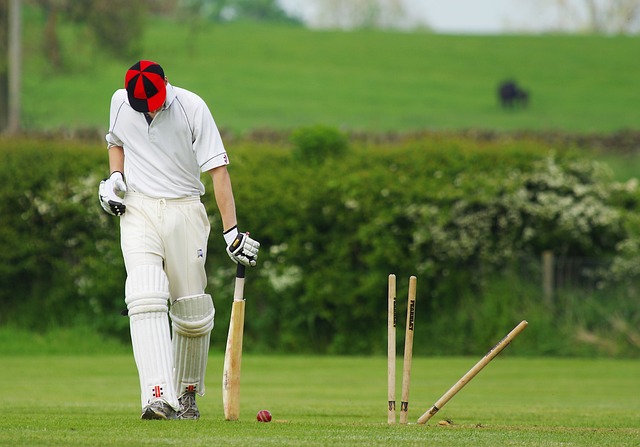
- Shot selection: Choosing the right shot based on the delivery and field placement is crucial. Analyze the fielding positions and identify the gaps to maximize your chances of finding the boundary.
- Timing and placement: Focus on timing the ball well and placing it in the gaps. A well-timed shot with proper placement can beat fielders and find the boundary effortlessly.
- Use of feet: Footwork plays a vital role in boundary hitting. By using your feet effectively, you can get into the right position to execute powerful shots and find the gaps.
- Reading the bowler: Study the bowler's line, length, and variations to anticipate the delivery and plan your shots accordingly. This will give you an edge in finding the boundaries consistently.
Mastering the Art of Sixes
The key to mastering the art of sixes lies in a batsman's ability to combine power, technique, and timing. While power allows the ball to travel the distance, technique ensures proper execution, and timing ensures the optimal connection between bat and ball.
To hit sixes consistently, batsmen must employ advanced techniques such as the switch-hit, where they change their batting stance mid-delivery to confuse the bowler and manipulate the fielding positions.
Strategic positioning is also crucial, as batsmen need to identify gaps in the field and target areas where the ball is more likely to clear the boundary. By analyzing the field placements and the bowler's tendencies, batsmen can position themselves accordingly and increase their chances of hitting sixes.
Mastering the art of sixes requires a combination of skill, intelligence, and calculated risk-taking, which separates exceptional batsmen from the rest.
Avoiding the Dreaded Duck
To avoid the dreaded duck, a batsman must demonstrate consistent focus, technique, and strategic decision-making throughout their innings. Here are four strategies for avoiding ducks and improving batting techniques:
- Develop a solid defensive technique: A strong defensive technique is crucial in preventing early dismissals. Practice playing with a straight bat, getting behind the line of the ball, and leaving deliveries outside the off stump.
- Play the waiting game: Patience is key in avoiding ducks. Resist the temptation to go for big shots early on and instead focus on building a solid foundation. Take your time to get your eye in and assess the conditions before playing more aggressively.
- Be mentally prepared: A strong mindset is essential in avoiding ducks. Stay focused and avoid distractions. Visualize your shots and maintain a positive attitude throughout your innings.
- Improve your shot selection: Make smart decisions when choosing which shots to play. Assess the line and length of each delivery and play shots that suit the situation. Avoid playing risky shots early on and instead focus on playing low-risk shots to keep the scoreboard ticking.
Achieving the Coveted Hat-trick
Achieving a hat-trick in cricket is a remarkable feat that requires both technical skill and mental fortitude. The key to executing a hat-trick lies in mastering various bowling techniques such as swing, spin, and pace.
However, it is equally important for a bowler to be mentally prepared, staying focused and confident in their abilities to outsmart the batsmen and take three wickets in three consecutive deliveries.
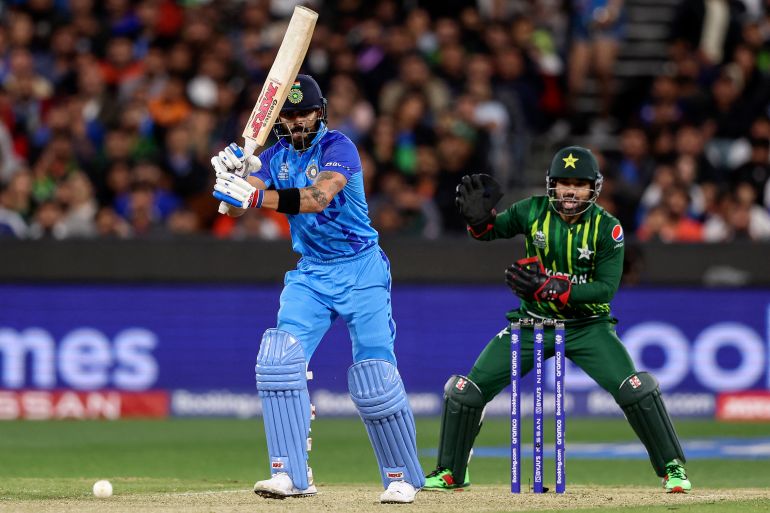
Techniques for Hat-Trick
One can master the technique for achieving a coveted hat-trick in cricket by employing strategic bowling skills and maintaining focus throughout the game. To achieve this remarkable feat, players should focus on mental focus and bowling accuracy. Here are four techniques that can help cricketers attain a hat-trick:
- Variations in pace and length: Bowlers need to vary their pace and length to confuse the batsmen and induce mistakes. Mixing slower balls with quicker deliveries can disrupt the timing of the batsman, increasing the chances of taking wickets.
- Effective use of swing and spin: Utilizing swing and spin effectively can make it challenging for the batsman to read the ball. Bowlers should master the art of swinging and spinning the ball to deceive the batsman and take wickets.
- Consistent line and length: Maintaining a consistent line and length is crucial to building pressure on the batsman. Bowling in the right areas consistently can force the batsman into making errors and present opportunities for wickets.
- Strategic field placements: Placing fielders strategically can create pressure on the batsman and force them to take risks. Having fielders in the right positions can increase the chances of catching the ball and taking wickets.
Mental Preparation for Hat-Trick?
Mental preparation plays a crucial role in attaining the coveted hat-trick in cricket, with consistent focus and strategic mindset being key components. Achieving a hat-trick requires more than just skill and technique; it requires mental fortitude and the ability to stay in the moment.
Maintaining mental focus throughout the game is essential, as it allows the bowler to make quick decisions and execute their plan effectively. Strategic planning is another crucial aspect of mental preparation for a hat-trick. This involves studying the opposition's batting lineup, identifying their weaknesses, and formulating a plan to exploit them.
It also requires adaptability and the ability to make quick adjustments based on the changing dynamics of the game. By combining mental focus and strategic planning, a bowler can increase their chances of achieving the coveted hat-trick in cricket.
Mastering the Art of Fielding
How can fielders master the art of fielding in cricket? Fielding is a crucial aspect of cricket that can have a significant impact on the outcome of a match. To excel in fielding, fielders must focus on mastering catching techniques and improving throwing accuracy.
Here are four key strategies to help fielders elevate their fielding game:
- Practice makes perfect: Fielders should dedicate regular practice sessions to hone their catching skills. This includes working on hand-eye coordination, reflexes, and positioning.
- Anticipate and react: Fielders must anticipate the trajectory of the ball and quickly react to it. This requires excellent spatial awareness, judgment, and agility.
- Communication is key: Effective communication among fielders is essential to prevent misfielding and maximize efficiency. Fielders should constantly communicate with each other to coordinate fielding positions and relay information about the game situation.
- Strengthen throwing accuracy: Fielders should work on their throwing technique to ensure accurate and swift throws. This involves practicing throwing from different angles and distances, focusing on proper body alignment and follow-through.
Excelling in Stump Techniques
To excel in stump techniques, cricketers must focus on mastering their footwork and timing. Stump positioning is crucial for wicketkeepers, as it determines their ability to quickly gather the ball and dislodge the bails.
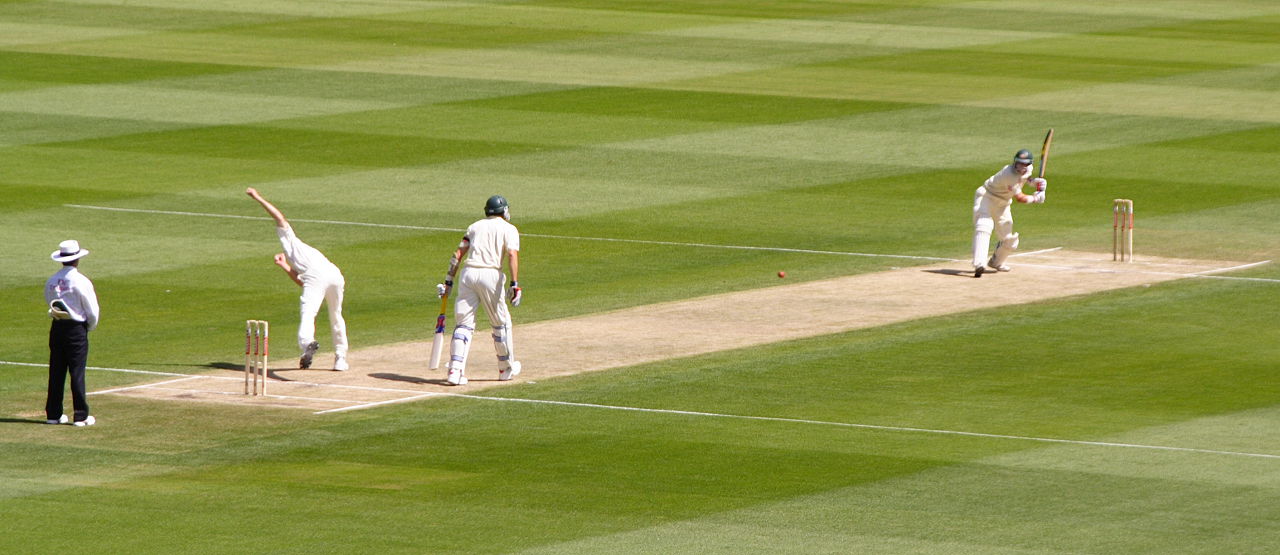
A well-positioned stump allows for better reach and provides a wider angle for stumpings. Additionally, quick reflexes are essential for successful stumpings. Wicketkeepers must anticipate the movement of the batsman and react swiftly to remove the bails before the batsman can ground their bat.
Developing quick reflexes requires practice, agility, and a keen eye for the game. By honing their footwork, timing, stump positioning, and reflexes, cricketers can enhance their skills in stump techniques and become formidable wicketkeepers.
Frequently Asked Questions
What Are Some Common Mistakes to Avoid While Batting?
When it comes to batting in cricket, there are several common mistakes that should be avoided. These mistakes can include poor footwork, incorrect shot selection, lack of focus, and failure to read the bowler's line and length accurately. By understanding and rectifying these mistakes, players can improve their batting techniques and enhance their overall performance on the field.
How Do I Improve My Bowling Speed?
To improve bowling speed, it is essential to focus on bowling technique and incorporate strength training exercises. Proper technique, such as a strong run-up and an efficient release, combined with increased strength and power, can help enhance bowling speed.
What Are Some Strategies for Running Between the Wickets Effectively?
Effective communication techniques and drills to improve speed and agility are crucial for running between the wickets in cricket. Mastering these strategies enhances coordination, decision-making, and overall performance on the field.
What Are the Key Factors to Keep in Mind While Bowling an Over?
When bowling an over in cricket, it is crucial to keep certain key factors in mind. Mental preparation and bowling variations play a vital role in achieving success and outwitting the batsman.
What Are Some Tips for Hitting Boundaries Consistently?
Improving timing and shot selection are essential for consistently hitting boundaries in cricket. By honing your skills and understanding the game's dynamics, you can increase your chances of executing powerful shots and scoring runs effectively.
